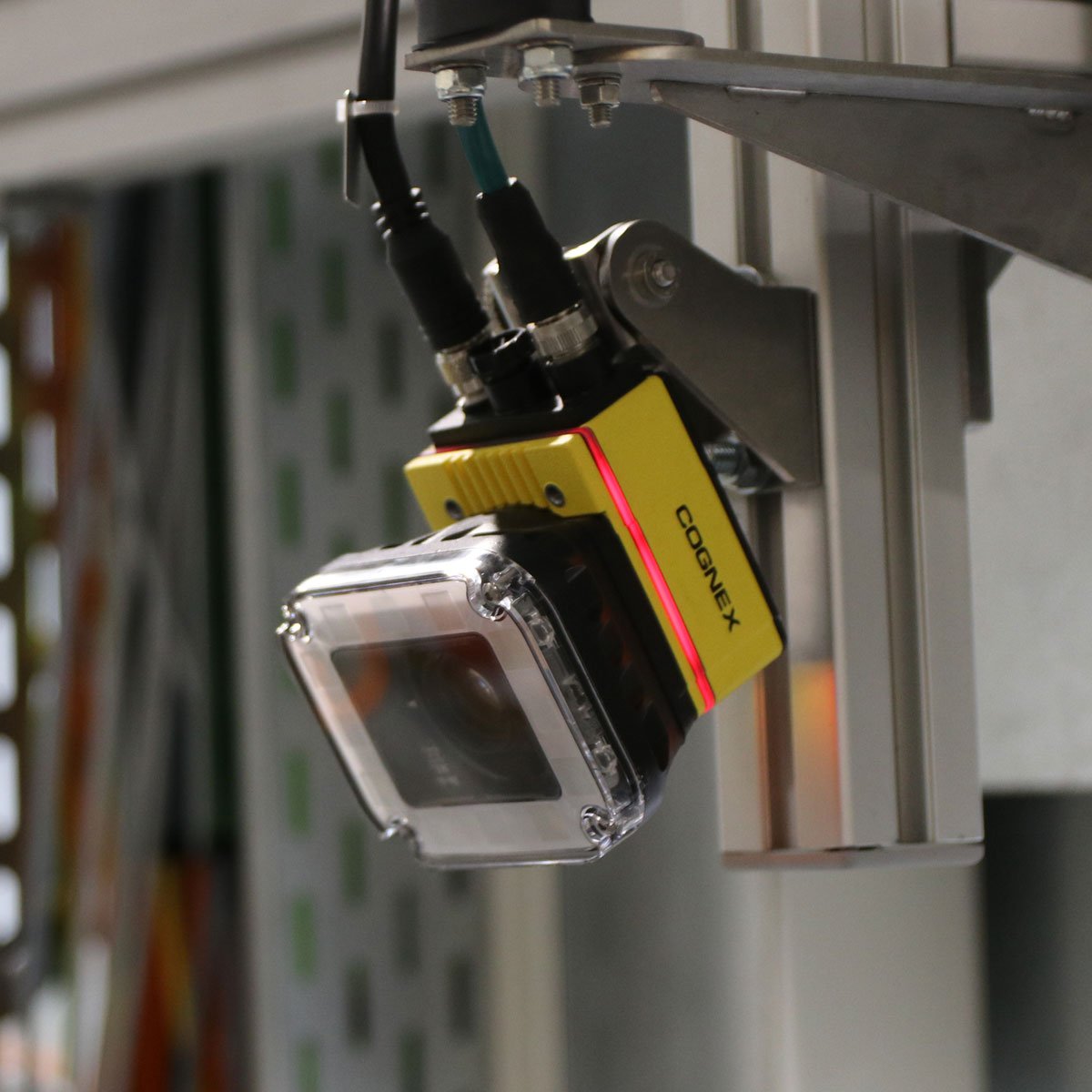The field of computer vision has witnessed significant advancements over the years, with 2D vision systems playing a crucial role in various applications across industries. These systems, which capture and process images or video data in two dimensions, have evolved from simple image recognition tools to complex, high-precision solutions. In this article, we will delve into the world of 2D vision systems, exploring their components, working principles, applications, and the future of this technology. Amazon.com
Components of a 2D Vision System
A 2D vision system comprises several essential components, each playing a unique role in capturing and processing visual data:
- Camera: The camera is the primary input device in a 2D vision system. It captures images or video frames of the target object or scene. Modern cameras come with various features such as high-resolution sensors, adjustable focus, and low-light capabilities, which enhance the system's performance.
- Lighting: Adequate and controlled lighting is critical for image quality in 2D vision systems. Different lighting techniques, including direct and diffused lighting, are used to eliminate shadows and highlights, ensuring accurate image analysis.
- Processor and Computer: The captured images or video frames are processed using powerful processors and computers. These devices apply algorithms and machine learning models to analyze and interpret the visual data, extracting valuable information.
- Software: Specialized software is used to develop algorithms for tasks like object recognition, tracking, measurement, and defect detection. Open-source libraries like OpenCV and commercial software like MATLAB offer a wide range of tools for 2D vision system development.
Working Principles of 2D Vision Systems
2D vision systems rely on a sequence of steps to process visual data:
- Image Acquisition: The camera captures images or video frames of the target object or scene. These images can be grayscale or color, depending on the application.
- Preprocessing: Before analysis, the captured images may undergo preprocessing steps like noise reduction, image enhancement, and geometric correction to improve their quality.
- Feature Extraction: This step involves identifying key features in the image, such as edges, corners, and shapes. Feature extraction is essential for object recognition and tracking.
- Pattern Matching: Pattern matching algorithms compare the extracted features with predefined patterns or templates to identify objects or patterns of interest.
- Object Detection and Recognition: The system uses machine learning and computer vision algorithms to detect and recognize objects based on the extracted features and patterns.
- Decision Making: Once objects are detected and recognized, the system makes decisions or triggers actions based on the identified information. This could be sorting items on a production line, guiding a robot, or issuing alerts for defects.
Applications of 2D Vision Systems
2D vision systems find applications in various industries, revolutionizing processes and enhancing efficiency. Here are some notable applications:
- Manufacturing: In manufacturing, 2D vision systems are used for quality control, inspecting products for defects, measuring dimensions, and guiding robotic assembly lines. They ensure products meet high-quality standards.
- Automotive: The automotive industry employs 2D vision systems for tasks like automated driving assistance (ADAS), lane detection, pedestrian detection, and driver monitoring, enhancing vehicle safety.
- Healthcare: In healthcare, 2D vision systems are used for medical imaging, pathology, and diagnostics. They assist in detecting diseases, interpreting medical images, and improving surgical precision.
- Retail: In retail, these systems are used for inventory management, automated checkout, and facial recognition for security and personalized marketing.
- Agriculture: In agriculture, 2D vision systems help with crop monitoring, sorting and grading of produce, and even autonomous harvesting.
- Security: 2D vision systems are crucial in surveillance and security applications, monitoring areas for unauthorized access, identifying intruders, and managing access control.
Challenges and Future Developments
While 2D vision systems have made significant strides, they still face certain challenges:
- Complexity of Scenes: Handling complex and dynamic scenes with varying lighting conditions and background clutter remains a challenge. Advancements in deep learning and adaptive algorithms aim to address this issue.
- Real-time Processing: Some applications, like autonomous vehicles and robotics, require real-time processing. Meeting this demand while maintaining accuracy is an ongoing challenge.
- Hardware Limitations: The performance of 2D vision systems is closely tied to hardware capabilities. As hardware continues to advance, so will the capabilities of these systems.
Looking ahead, several developments are expected in the field of 2D vision systems:
- Integration with 3D Vision: Combining 2D vision with 3D vision systems will enable richer perception of the environment, benefiting applications like robotics and augmented reality.
- AI and Machine Learning: The integration of advanced AI and machine learning techniques will improve the accuracy and adaptability of 2D vision systems, making them more versatile.
- Edge Computing: Edge computing will become more prevalent, allowing 2D vision systems to process data locally, reducing latency and dependency on cloud resources.
Conclusion
2D vision systems have evolved into indispensable tools across various industries, offering solutions for automation, quality control, safety, and more. Their ability to capture, process, and interpret 2D visual data has paved the way for innovation in numerous fields. As technology continues to advance, we can expect even more sophisticated applications and improved performance from 2D vision systems, shaping the future of automation and human-computer interaction. Visit official website qviro.com

